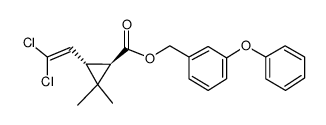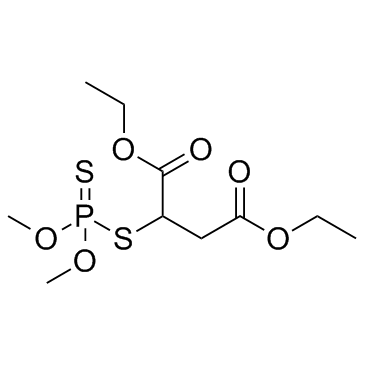| 结构式 | 名称/CAS号 | 全部文献 |
|---|---|---|
 |
氯菊酯
CAS:52645-53-1 |
|
 |
生物氯菊酯
CAS:61949-77-7 |
|
 |
顺式-氯菊酯标准溶液
CAS:61949-76-6 |
|
 |
马拉硫磷
CAS:121-75-5 |